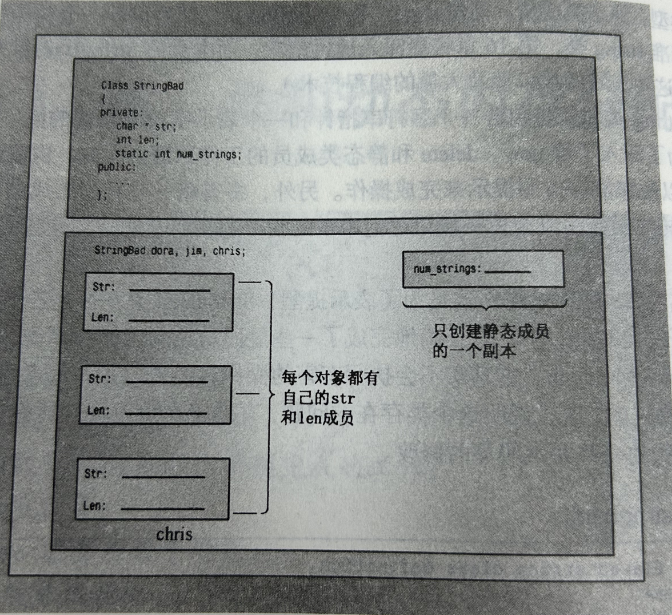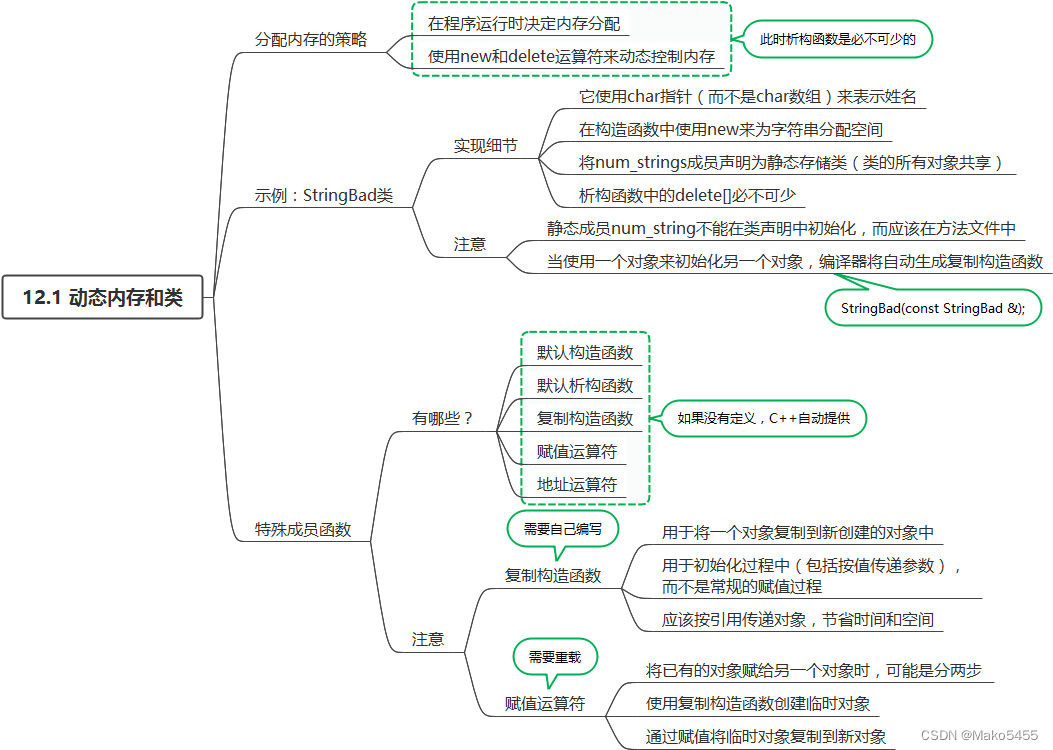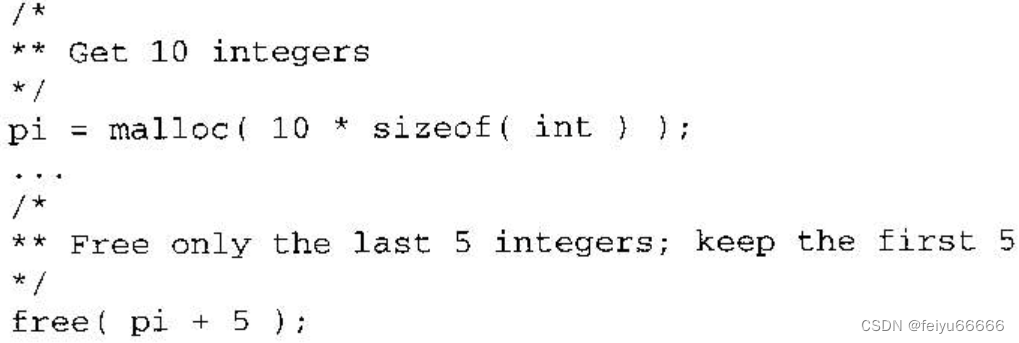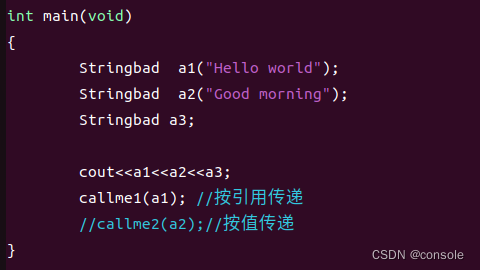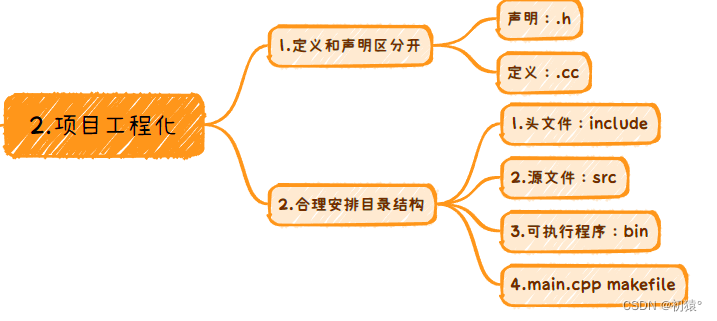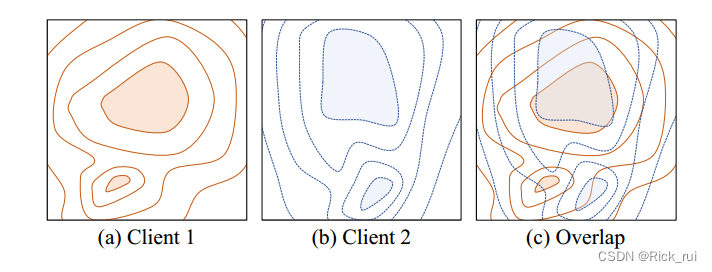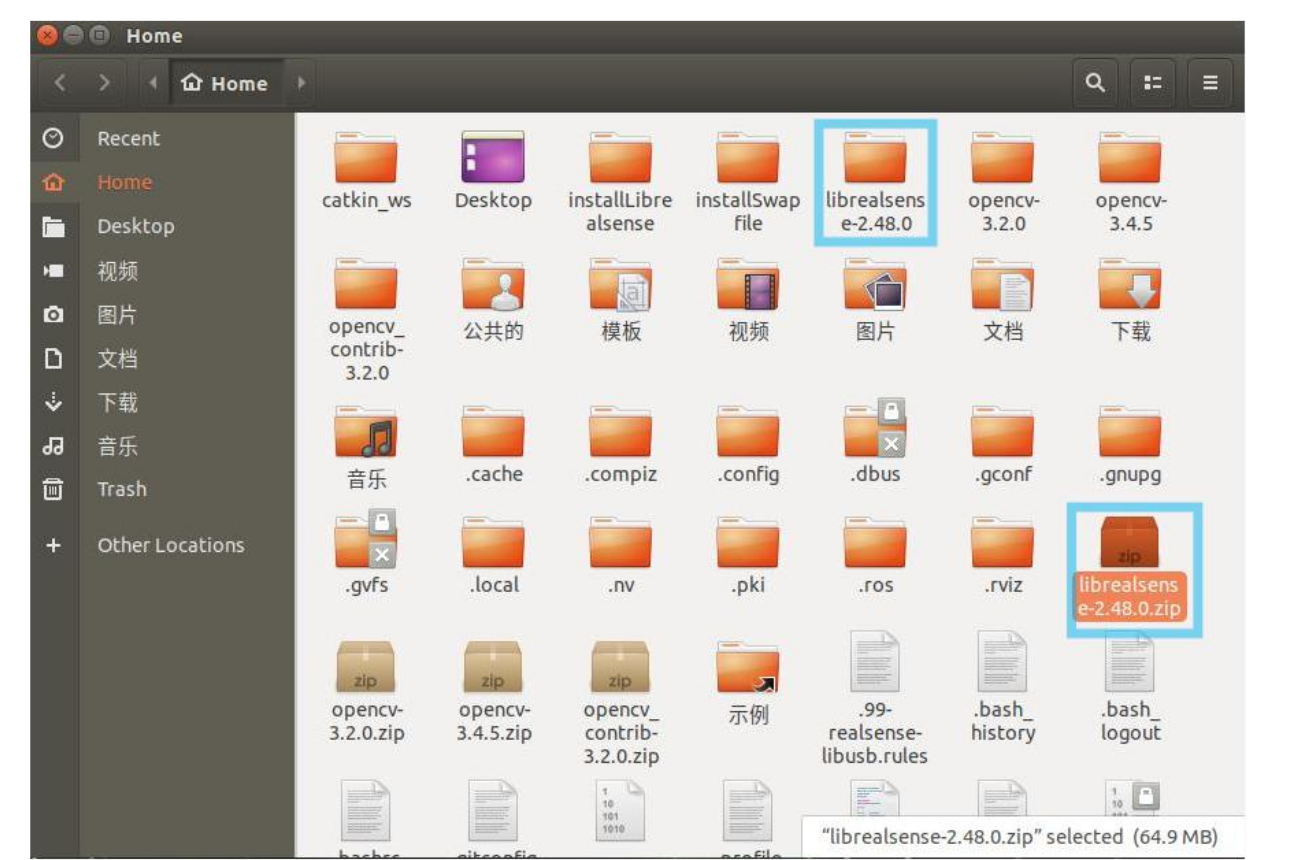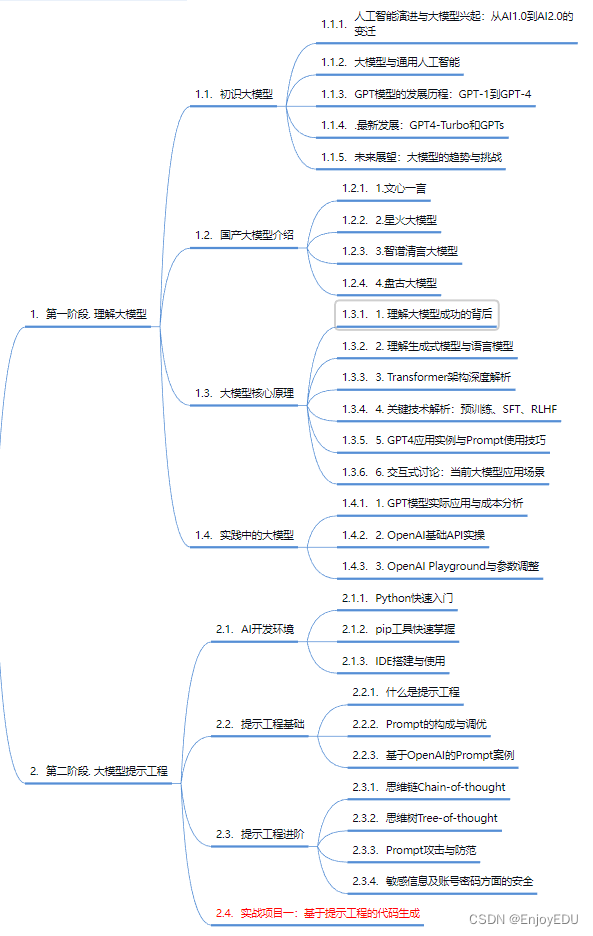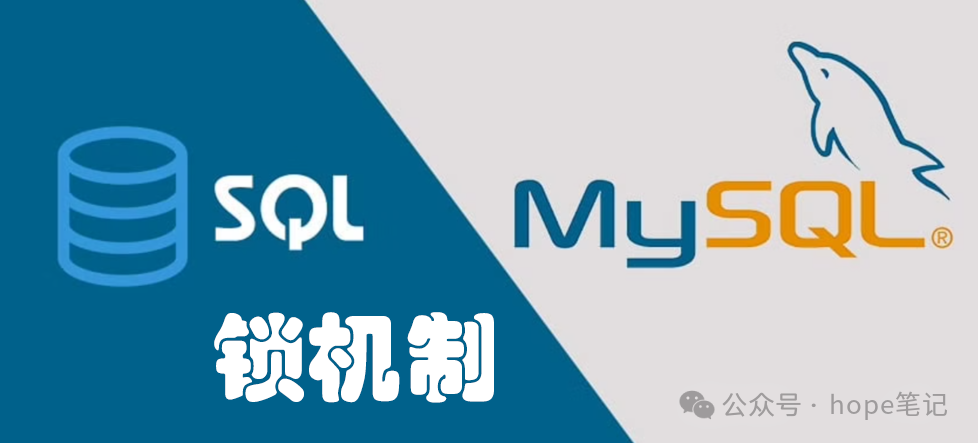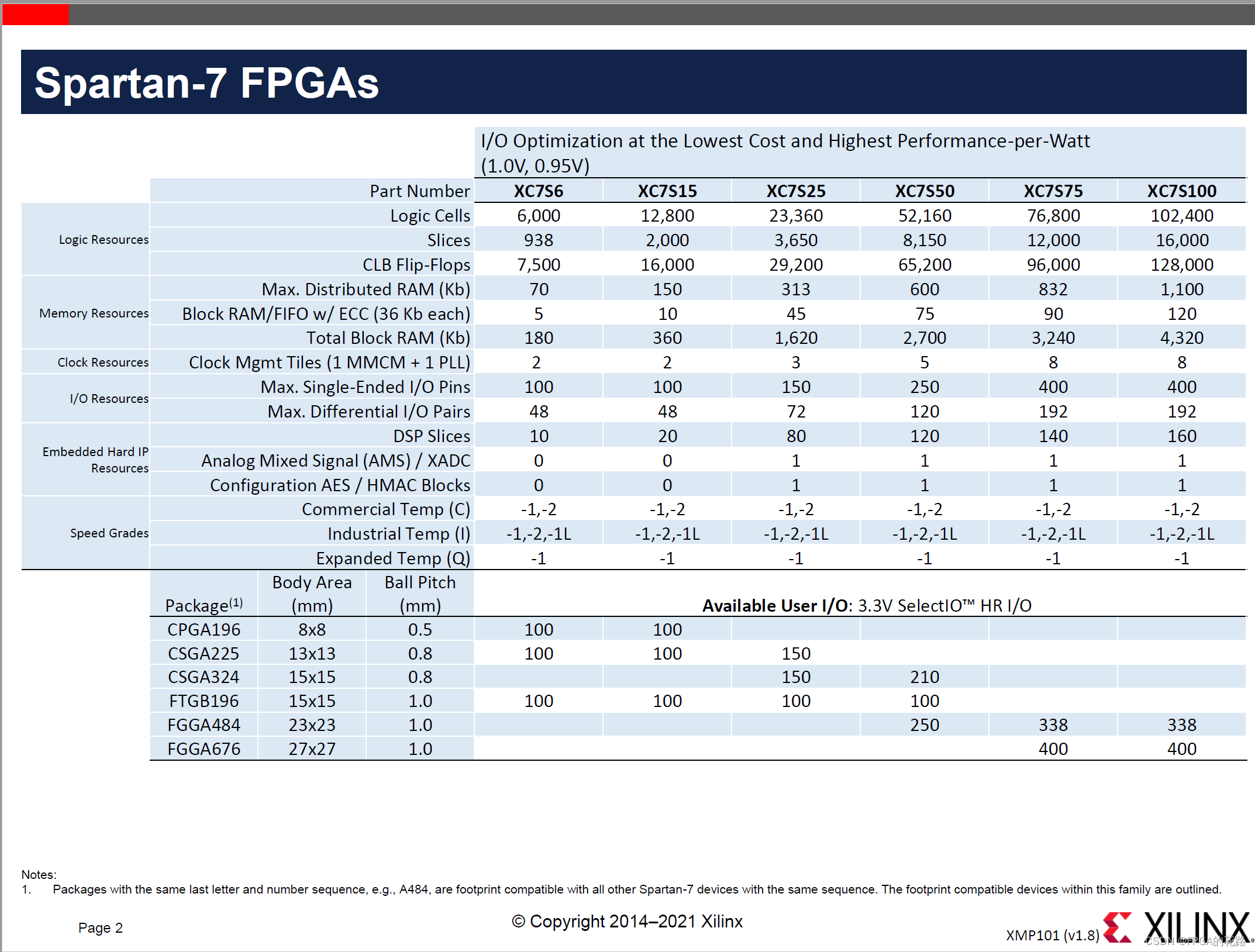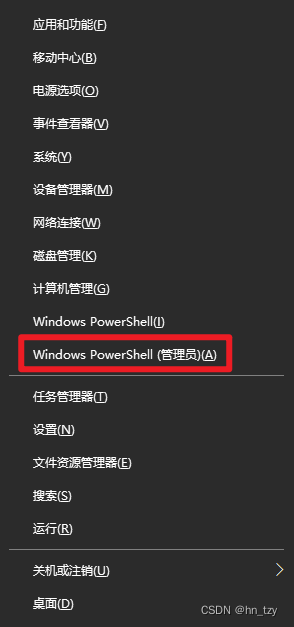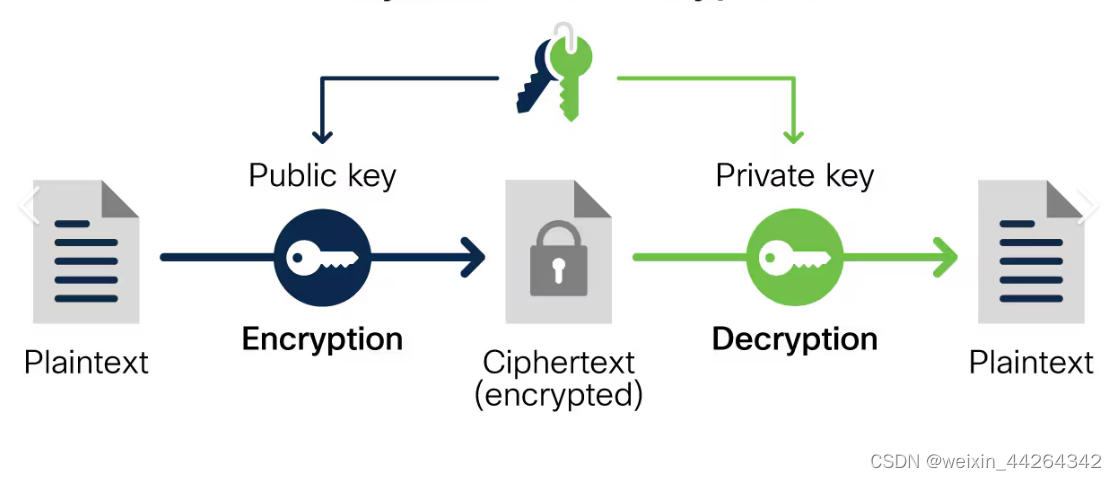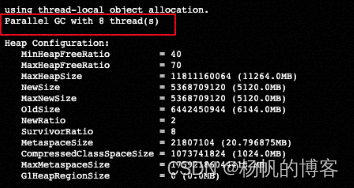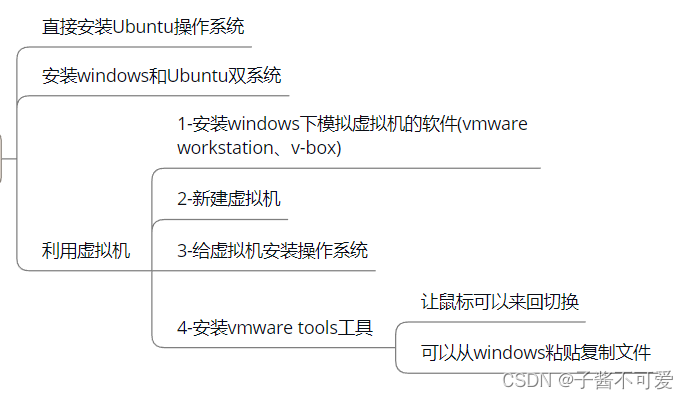题目:12.1
题: 对于下面的类声明:
class Cow
{
private:
char name[20];
char* hobby;
double weight;
public:
Cow();
Cow(const char* nm, const char* ho, double wt);//有参构造
Cow(const Cow& c);//拷贝构造函数
~Cow();//析构函数
Cow& operator=(const Cow& c);
void ShowCow() const;//展示信息
};给这个类提供实现,并编写一个使用所有成员函数的小程序。
class Cow
{
private:
char name[20];
char* hobby;
double weight;
public:
Cow();
Cow(const char* nm, const char* ho, double wt);//有参构造
Cow(const Cow& c);//拷贝构造函数
~Cow();//析构函数
Cow& operator=(const Cow& c);
void ShowCow() const;//展示信息
};
Cow::Cow()
{
cout << "构造函数!!!" << endl;
}
Cow::Cow(const char* nm, const char* ho, double wt)//有参构造
{
strcpy_s(this->name, nm);//拷贝
//hobby和ho都是指针,最好给其分配地址了,在进行赋值
int len = sizeof(ho) / sizeof(ho[0]);
hobby = new char[len+1];
hobby[len] = '\0';
strcpy_s(hobby,len, ho);
this->weight = wt;
}
Cow::Cow(const Cow& c)//拷贝构造函数
{
//将c中所有的值都拷贝到主体中
strcpy_s(this->name, c.name);
//指针不能直接赋值,不安全
int len = sizeof(c.hobby) / sizeof(c.hobby[0]);
this->hobby = new char[len + 1];
strcpy_s(this->hobby,len, c.hobby);
hobby[len] = '\0';
this->weight = c.weight;
}
Cow::~Cow()//析构函数
{
delete[] hobby;
hobby = nullptr;
cout << "析构函数!!!" << endl;
}
Cow& Cow::operator=(const Cow& c)
{
//等号赋值操作,这也是拷贝
strcpy_s(this->name, c.name);
int len = sizeof(c.hobby) / sizeof(c.hobby[0]);
this->hobby = new char[len + 1];
strcpy_s(this->hobby, len, c.hobby);
hobby[len] = '\0';
this->weight = c.weight;
return *this;
}
void Cow::ShowCow() const//展示信息
{
cout << "name=" << this->name << endl;
cout << "hobby=" << this->hobby << endl;
cout << "weight=" << this->weight << endl;
}
void Func()
{
Cow a;//无参构造函数
Cow b("牛1", "吃草", 200.0);//有参构造
b.ShowCow();
cout << "---------------------------------" << endl;
Cow c(b);//拷贝构造函数
c.ShowCow();
cout << "---------------------------------" << endl;
Cow e;
e = b;//等号重载
e.ShowCow();
}问题1:Cow(const char* nm, const char* ho, double wt),前两各参数接收的是什么?
前两个参数接收的是指向字符数组的指针。
问题2:类中的this是指向本体的指针吗?
是的,this指针是一个隐含的指向当前对象的指针,它指向调用成员函数的对象本体。在类的成员函数中,可以使用this指针来访问对象的成员变量和成员函数。
问题3:char*hobby这个成员指针,为什么输出时候直接用cout<<this->hobby;
在C++中,
char*类型的指针通常指向一个以null结尾的字符串数组。当直接使用cout输出一个char*指针时,cout会输出指针所指向的字符串,直到遇到null终止符为止。因此,当你使用cout << this->hobby;时,实际上是输出了this->hobby所指向的字符串。这种行为是C++中的一种约定俗成的用法,但需要注意确保指针指向的字符串是以null结尾的,否则可能导致未定义的行为。
题目:12.2
题: 通过完成下面的工作来改进String类声明(即将String1.h升级为String2.h)。
a.对+运算符进行重载,使之可将两个字符串合并成1个。
b.提供一个Stringlow( )成员函数,将字符串中所有的字母字符转 换为小写(别忘了cctype系列字符函数)。
c.提供String( )成员函数,将字符串中所有字母字符转换成大写。 d.提供一个这样的成员函数,它接受一个char参数,返回该字符在字符串中出现的次数。使用下面的程序来测试您的工作:
class String2
{
private:
string ans;
public:
String2();//无参构造函数
String2(const string name);//有参构造函数
String2 operator=(const String2 object);//重载等号操作
String2 operator+(const String2 object);//重载加号操作
void Stringlow();//将字符转化为小写字母
void Stringup();//将字符转化为大写字母
int String_Count(char c);//返回该字符在字符串中出现的次数。
void Print_String();//打印字符
~String2();//析构函数
};#include "String2.h"
String2::String2()//无参构造函数
{
cout << "无参构造函数!!!" << endl;
}
String2::String2(const string name)//有参构造函数
{
this->ans = name;
}
String2 String2::operator=(const String2 object)//重载等号操作
{
//就是进行拷贝
this->ans = object.ans;
return *this;
}
String2 String2::operator+(const String2 object)//重载加号操作
{
this->ans = this->ans + object.ans;
return *this;
}
void String2::Stringlow()//将字符转化为小写字母
{
string::iterator it = this->ans.begin();
for (it; it != this->ans.end(); it++)
{
*it=tolower(*it);
}
}
void String2::Stringup()//将字符转化为大写字母
{
string::iterator it = this->ans.begin();
for (it; it != ans.end(); it++)
{
*it = toupper(*it);
}
}
int String2::String_Count(char c)//返回该字符在字符串中出现的次数。
{
int count = 0;
string::iterator it = this->ans.begin();
for (it; it != ans.end(); it++)
{
if (*it == c)
{
count++;
}
}
return count;
}
String2::~String2()//析构函数
{
cout << "析构函数!!!" << endl;
}
void String2::Print_String()//打印字符
{
cout << this->ans << endl;
}问题1:c++如何大小写字母如何进行转化。
#include <iostream>
#include <cctype>
int main() {
//转化成小写用tolower()
char uppercaseLetter = 'A';
char lowercaseLetter = tolower(uppercaseLetter);
std::cout << "Uppercase letter: " << uppercaseLetter << std::endl;
std::cout << "Lowercase letter: " << lowercaseLetter << std::endl;
//转化成大写用toupper()
char lowercaseLetter = 'a';
char uppercaseLetter = toupper(lowercaseLetter);
std::cout << "Lowercase letter: " << lowercaseLetter << std::endl;
std::cout << "Uppercase letter: " << uppercaseLetter << std::endl;
return 0;
}题目:12.2(优化)
#pragma once
#ifndef STRING2_H_
#define STRING2_H_
#include<iostream>
using namespace std;
class String2
{
private:
char* str;//指向数组的指针
int chars;//字符数组大小
static int strings;//创建了类的个数
public:
String2();//无参构造函数
String2(const String2& s);//拷贝构造函数
String2(const char* ps);//也是赋值的一种,大多要使用strcpy_s()
~String2();//析构函数
int numstrings();
int len();
void stringup();//转化成大写字母
void stringlow();//转化成小写字母
int has(char c);//应该是包含字符数量
String2& operator=(const String2& s);//重载等号
void Show_String2();//显示String2中的信息
};
#endif // !STRING2_H_
/*
这段代码是用来防止头文件的重复包含的。当一个头文件被包含多次时,
为了避免重复定义,可以使用这种方式来保护头文件内容只被包含一次。
当第一次包含头文件时,STRING2_H_会被定义,之后再次包含时,STRING2_H_已经被定义,
就不会再次包含头文件内容。这样可以避免出现重复定义的错误。
*/#include "String2.h"
int String2::strings = 0;//对私有变量进行初始化
String2::String2()//无参构造函数
{
this->str = NULL;
this->chars = 0;
this->strings++;
cout << "无参构造函数!!!" << endl;
}
String2::String2(const String2& s)//拷贝构造函数
{
//用实例进行赋值
this->chars = s.chars;
//为str申请空间
str = new char[chars + 1];
strcpy_s(str, this->chars,s.str);//拷贝给str
str[chars] = '\0';//结束标识符
strings++;//实例化个数加一
}
String2::String2(const char* ps)//也是赋值的一种,大多要使用strcpy_s()
{
//传入的必然是一个数组
int len = strlen(ps);
//为str申请空间
this->str = new char[len + 1];
strcpy_s(str, len+1, ps);
str[len] = '\0';
this->chars = len;
this->strings++;
}
String2::~String2()//析构函数
{
strings--;
delete[]str;//删除所有申请的空间
}
int String2::numstrings()
{
return strings;
}
int String2::len()
{
return this->chars;
}
void String2::stringup()//转化成大写字母
{
for (int i = 0; i < this->chars; i++)
{
this->str[i] = toupper(str[i]);
}
}
void String2::stringlow()//转化成小写字母
{
for (int i = 0; i < this->chars; i++)
{
this->str[i] = tolower(str[i]);
}
}
int String2::has(char c)//应该是包含字符数量
{
int count = 0;
for (int i = 0; i < this->chars; i++)
{
if (this->str[i] == c)
{
count++;
}
}
return count;
}
String2& String2::operator=(const String2& s)//重载等号
{
//本质上也是拷贝
/*int len = strlen(s.str);
this->str = new char[len + 1];
strcpy_s(this->str, len, s.str);
str[len] = '\0';
this->chars = s.chars;
this->strings = s.strings;
return *this;*/
//上面的想的简单了
if (this == &s)
return *this;//如果直接相同了,那就不用进行赋值操作了
delete[] str;//删除原来的旧值
chars = s.chars;
str = new char[chars + 1];
strcpy_s(this->str, this->chars, s.str);
this->strings = s.strings;
return *this;
}
void String2::Show_String2()
{
cout << "str:";
for (int i = 0; i < this->chars; i++)
{
cout << str[i];
}
cout << endl;
cout << "chars:";
cout << this->chars << endl;
cout << "strings:";
cout << this->strings << endl;
cout << endl;
}问题1:指针可以直接当数组使用吗?
指针可以直接当数组使用,因为数组名本身就是一个指向数组首元素的指针。可以通过指针来访问数组中的元素,也可以通过指针进行数组的遍历和操作。但是需要注意的是,指针和数组是不同的类型,指针可以指向数组,但数组本身并不是指针。


